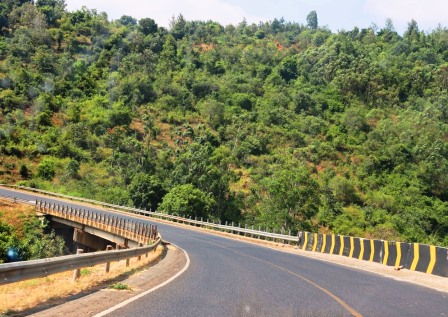The Kenya National Highways Authority (KeNHA) has released official guidelines for the tendering process of the long-awaited Nithi Bridge reconstruction project. The announcement comes just hours after a presidential directive that emphasized the urgency of the project, which has been a known accident blackspot for decades.
According to the notice issued on August 5, 2025, KeNHA has instructed all suppliers, contractors, consultants, and service providers to submit their bids via the Electronic Government Procurement (e-GP) System. The authority stated that all procurement processes for the 2025/2026 financial year will be conducted exclusively through this digital platform, ensuring transparency and accountability.
The tender documents for the Nithi Bridge realignment project along the Makutano–Embu–Meru (A9) road will be available on the e-GP platform beginning Monday, August 11, 2025. This marks a significant milestone in the efforts to rehabilitate one of Kenya’s most dangerous road sections, notorious for its sharp curves and numerous fatal accidents since its construction in 1985.
Alongside the Nithi Bridge project, KeNHA also revealed three additional road projects slated for upgrade and rehabilitation. These include the rehabilitation and improvement of the Thika-Magumu (B20) road, the upgrading of the Maralal–Morijo road to bituminous standards, and the upgrading of the Kisima–Sura Aduru road.
KeNHA encouraged interested bidders to regularly check the e-GP platform for updates and advertised procurement opportunities, ensuring inclusive participation in the bidding process.
The urgency of the Nithi Bridge project was highlighted by the President’s declaration that the bridge redesign is already complete and that the KSh 7 billion required for the new construction has been allocated. The redesigned bridge will eliminate the dangerous sharp bends that have made it a deadly route for motorists. The President emphasized that construction must be completed before the next general election, aligning the project with his broader infrastructure transformation agenda.
The move signals a strong government commitment to enhancing road safety and upgrading critical national infrastructure, aiming to prevent further loss of life while supporting economic development through improved transport networks.

